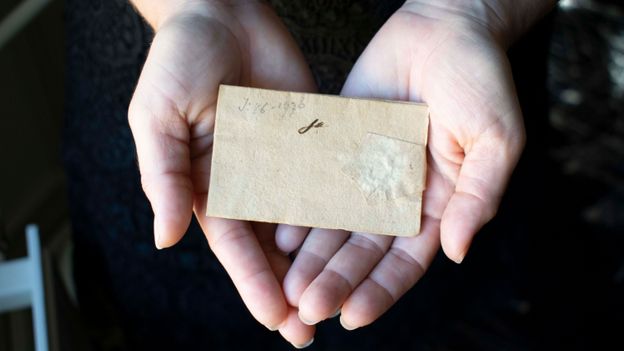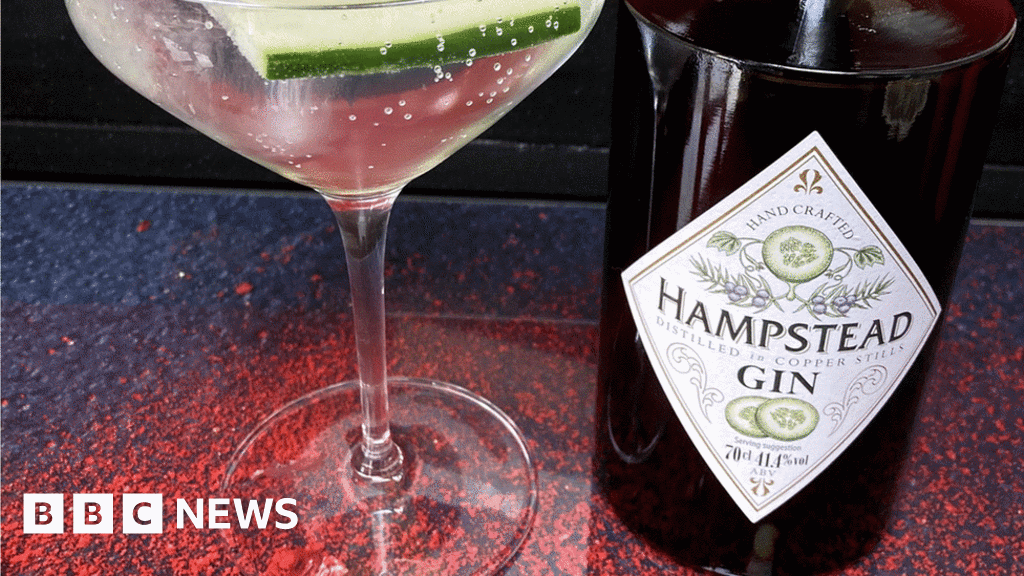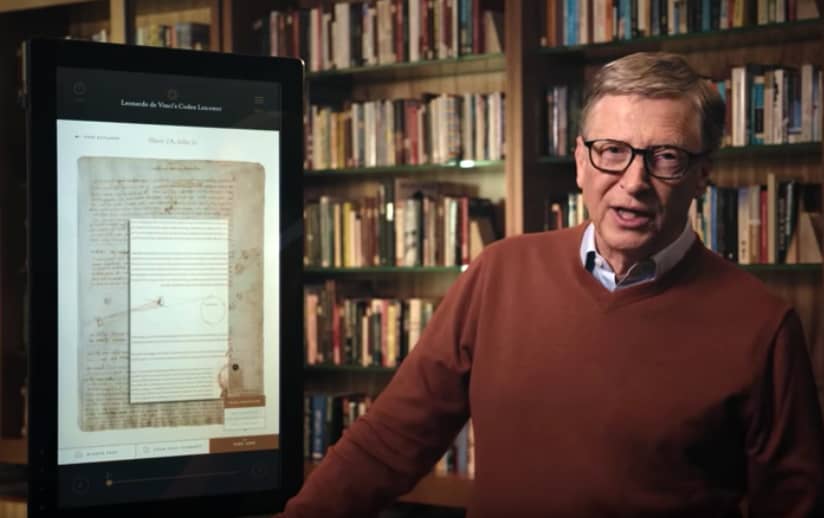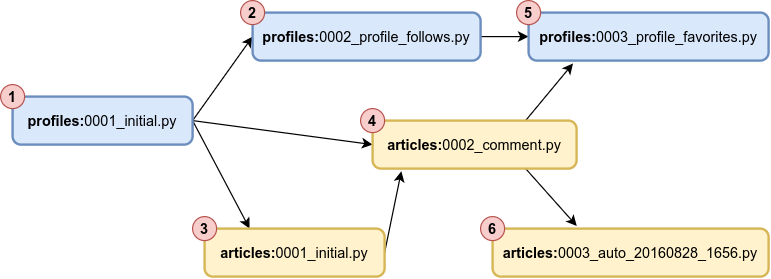
How the forgotten tricks of 'letterlocking' shaped history - BBC Future
Late at night on 8 February 1587, an imprisoned Mary Queen of Scots composed her last ever letter to her brother-in-law. "Tonight, after dinner, I have been advised of my sentence: I am to be executed like a criminal at eight in the morning," she wrote. "The Catholic faith and the assertion of my God-given right to the English crown are the two issues on which I am condemned." With a sad acceptance of her fate, she asked him to take care of her affairs and pay her servants, wishing him "good health and a long and happy life".
After Mary had finished writing, she then began to fold up the letter to secure its contents. She didn't want her captors snooping – and particularly not her cousin Queen Elizabeth I. However, envelopes were not used in the 1500s – not least because paper was expensive – and there was no trustworthy postal service at the time.
Instead, Mary cut a thin strip from the paper margin, before folding up her message into a small rectangle. After poking the knife through the rectangle to make a hole, she then fed the strip through, looping it and tightening it a few times, creating a "spiral lock". No wax or adhesive was required, but crucially, if someone tried to sneak a look, they would have to rip through the strip, so her brother-in-law would know the message had been intercepted.






/cloudfront-us-east-2.images.arcpublishing.com/reuters/GZTQDVBU7JPOBJ73LAELU52K4Q.jpg)










/cdn.vox-cdn.com/uploads/chorus_asset/file/25417952/transformers_megatron.jpg)




